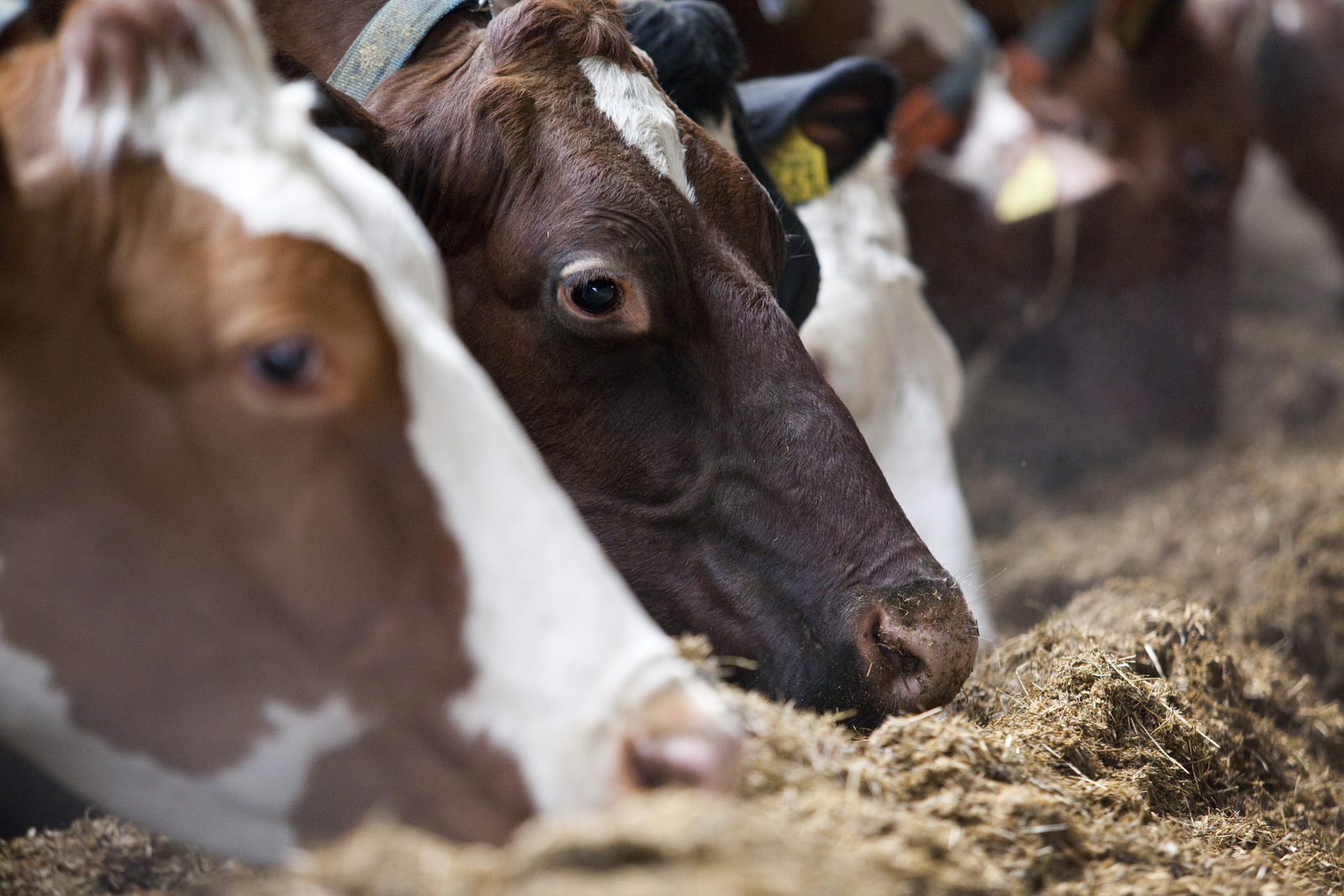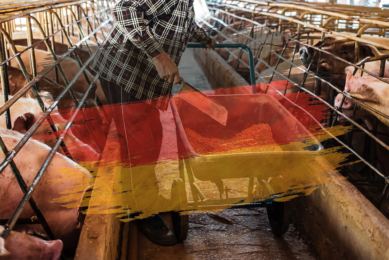Review: Feeding cows efficiently

The animal Article of the month for March is an ‘Invited review: ‘Improving feed efficiency in dairy production: challenges and possibilities’. This is a summary of that paper which is free to view for a month, below is a link to that review.
The animal Article of the Month is a review of current methodologies, advances, and future challenges for improving feed efficiency in growing dairy heifers and lactating cows. The article focuses primarily on residual feed intake, or RFI, which is used to estimate net feed efficiency of individual cows relative to their herd mates during a lactation cycle, and describes the benefits of selecting for its improvement. Anticipated benefits include lower feed costs and reduced manure production and greenhouse gas emissions over a cow’s lifetime, which should increase producer profitability and enhance sustainability of dairy production, respectively.
Research on possible alternatives to improving feed efficiency
The article points out, however, that despite the utility in knowing the net efficiency of individual cows to assist in selection decisions, assessment of RFI or other efficiency measures within commercial herds is rarely performed due to the expense and difficulty of measuring feed intake of individual cows that is required to estimate their feed conversion efficiency. Thus, recent research findings on possible alternative approaches to improving feed efficiency are discussed. These include selection for correlated traits that are more readily available than measures dependent on feed intake; the use of biological or genetic markers of superior feed efficiency as the basis of selection; and the development of appropriate reference populations for application of genomic selection in place of traditional animal breeding schemes.
Feed efficiency among dairy cattle without negative consequences on animal health
The review indicates that the potential benefits for improving feed efficiency are substantial but considerable research still is needed to develop more rapid and cost-effective means to identify and select for superior feed efficiency among dairy cattle without negative consequences on animal health and productivity. Future genomic selection for greater feed efficiency may be possible if the accuracy of genomic breeding values for efficiency measures such as RFI can be increased, and will require multinational collaboration to establish large reference populations to derive genomic breeding values.
Summary of article
Finally, the article summarises current knowledge of the biological mechanisms contributing to variation in RFI among dairy cattle, which will help to predict the impacts of selection for greater feed efficiency on other production traits. Topics of discussion include differences in rumen microbial populations, feeding behaviour and physical activity, and variation in gene copy numbers between dairy cattle divergent for RFI.
This paper is freely available for one month
Source: Cambridge University











